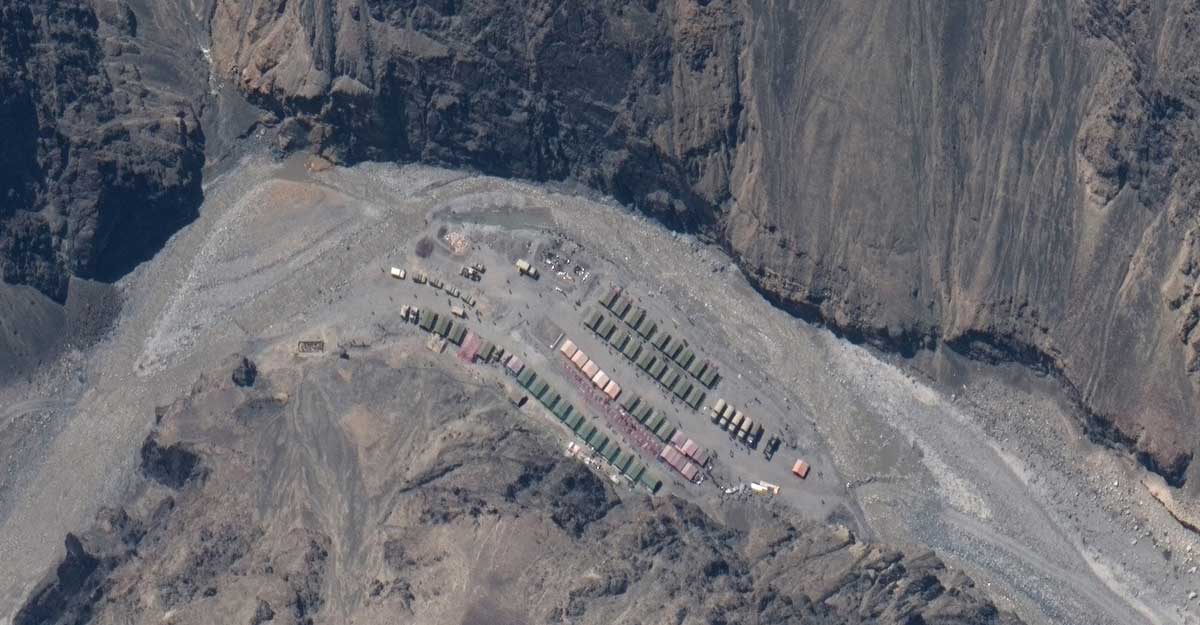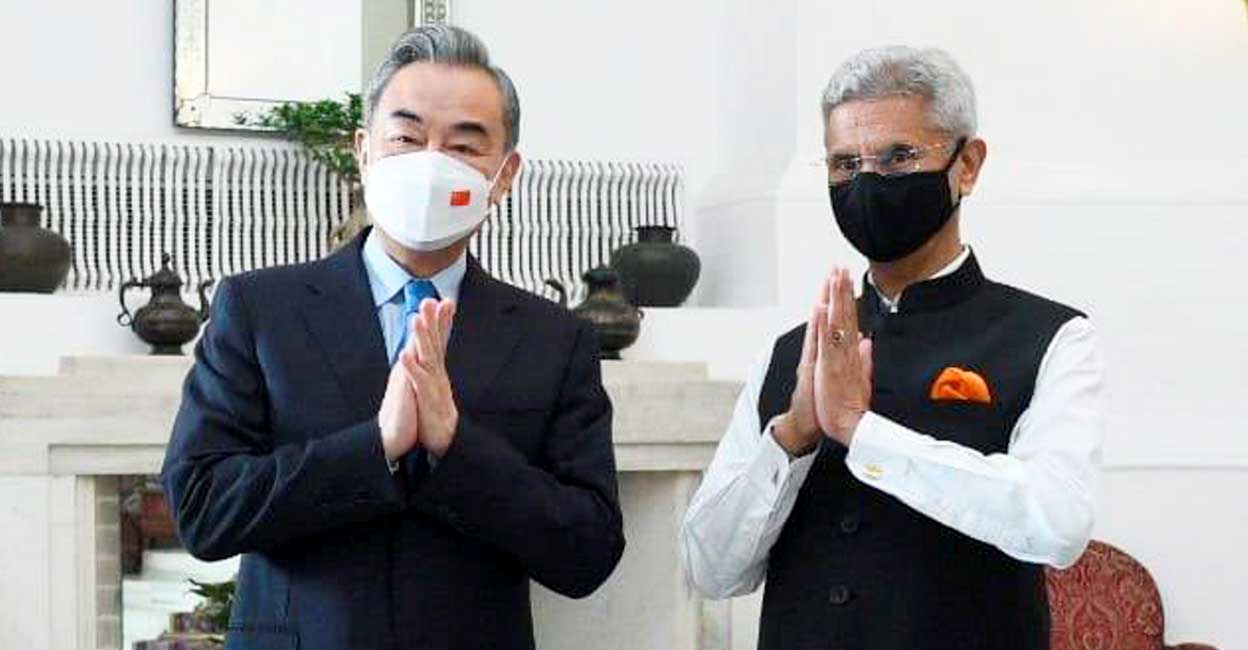Tharoor Line | Living with China: A strategic shift?

Mail This Article
Two years ago this month, the clash in Ladakh's Galwan Valley, which claimed the lives of 20 Indian soldiers and an unknown number of Chinese troops, brought into the open something far bigger and more momentous – a gradual strategic shift in the geopolitics of Asia, with implications for the rest of the world.
On the face of it, the suggestion seems exaggerated. After all, our two countries have been making a decent effort to live with each other, despite our failure to achieve a durable settlement of the disputed 3,500-kilometre border, the Line of Actual Control (LAC), established at the end of a short but bloody war in 1962 which humiliatingly left China in possession of 23,200 square kilometres of Indian territory. (At the same time, Beijing regularly reminds India that it still claims a further 92,000 square kilometres, mainly in the north-eastern Indian state of Arunachal Pradesh.) Despite this, for decades the situation had not been allowed to get out of control. Whenever troops from either side build highways, construct or repair roads, bunkers and other routine fortifications, or conduct patrols close to the LAC, tensions can and repeatedly do flare up, but these had always been defused. Both governments tend to downplay troop movements of the other side as resulting from "differing perceptions" of where the LAC, which has never been officially demarcated, lies.

In addition to several hundred local faceoffs, there have been major Chinese transgressions in Depsang (2013) and Chumar (2014) as well as a 73-day standoff at Doklam in Bhutan (2017), which required high-level diplomatic and military engagement to defuse. This time in April and May there were multiple Chinese intrusions across the LAC simultaneously at the Galwan Valley, Hot Springs, Pangong Tso Lake in Eastern Ladakh and Naku La in North Sikkim, and the same outcome was expected. Not a shot had been fired in anger across the LAC in 45 years. The loss of life in 2020 shattered nearly half a century of peace.
Of course, there were political tensions, both over each country's territorial claims over land controlled by the other, and over such long-term problems as China's "all-weather" alliance with India's hostile separated sibling, Pakistan, and India's hospitality to the Dalai Lama, to whom it granted refuge when he fled Tibet in 1959. But neither country had allowed these tensions to overwhelm them: China had declared that the border dispute could be left to "future generations" to resolve, and India had endorsed the "One China" policy, refusing to support Tibetan secessionism while limiting official reverence for the Dalai Lama to his status as a spiritual leader.

India has usually shown no desire to rock the boat with China. Its actions and statements have usually been designed not to provoke its northern neighbour, but to relegate the border problem to the back burner while enabling trade relations with China (now worth close to $125 billion) to flourish. India made it clear that it was unwilling to join in any US-led "containment" of its bigger northern neighbour; its traditional obsession with preserving its "strategic autonomy" after two centuries of colonial rule made it wary of the blandishments of the West.

But it has become increasingly apparent that this policy, of side-stepping contentious issues and encouraging bilateral economic relations, has played into Chinese hands. The PLA has used the seemingly benign situation to repeatedly undertake "minor" military incursions, inflict small-scale military setbacks on India, take a few square kilometres of territory along the LAC for local tactical purposes, and then declare peace. Mutual disengagements are duly announced, both sides claim the crisis is over, but China establishes and fortifies its new deployment. (They have achieved what they wanted in Doklam, for instance, by using a different route.) These mini-crises always end with the Chinese in a better position on the ground than before. Each incident establishes a new "normal" on the LAC.

Two years after Galwan, relations remain tense, and arguably are worse than they have ever been since 1962. As India and China settle in for a prolonged standoff on their tense Himalayan border, it is time to take the longer view. Should India reconcile itself to the idea of China as an adversary, to be wary of and defended against? Or should we see it as a neighbour we have no choice but to live and trade with, and little to gain from warring with? If it is the former, then common sense dictates we shore up our position by closer relations with other countries that have concerns about China, notably the United States – but that risks entangling us on one side of an emerging global conflict. If it is the latter, it means accepting a subservient position, something that sticks uneasily with our self-respect.
India has tried to avoid choosing between the two; that is what our obsessive "strategic autonomy" reflected. "Non-alignment" was easier to pursue between two powers both geographically far removed from us, like the US and the Soviet Union. But when one of the two global antagonists is breathing dragon-fire on us across our borders, can we afford to remain non-aligned? These are questions our government needs to address now. The answers are vital to the people of our nation.

Applauding Geetanjali Shree
Tailpiece: In London recently for a literary festival, I was delighted to get to know Geetanjali Shree, whose Hindi novel "Ret Samadhi", translated in English as "Tomb of Sand", became the first Indian book to win the prestigious International Man Booker Prize. But watching the excited celebrations of her triumph, one could not help but wonder where all the celebrants were when she was toiling away, relatively unknown and for little reward, as a Hindi novelist in India. Why was she not better known in literary circles in India beyond the world of Hindi letters? Are our minds still so colonised that we need foreign recognition for an Indian writer before we can applaud one of our own as a national treasure?


